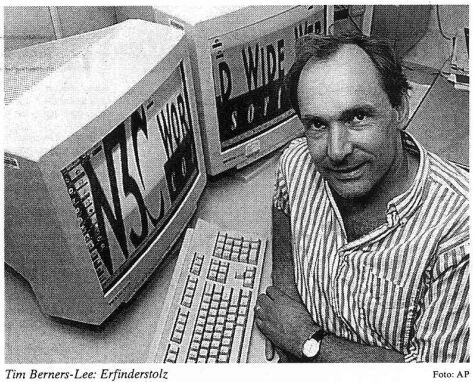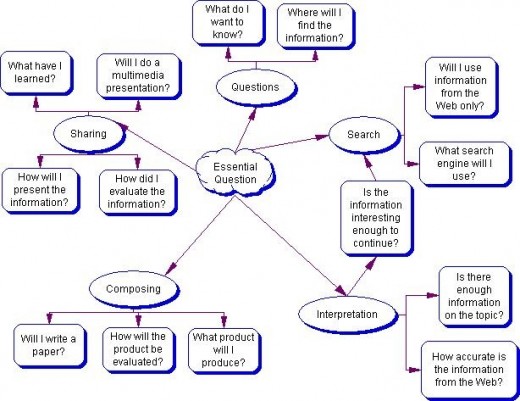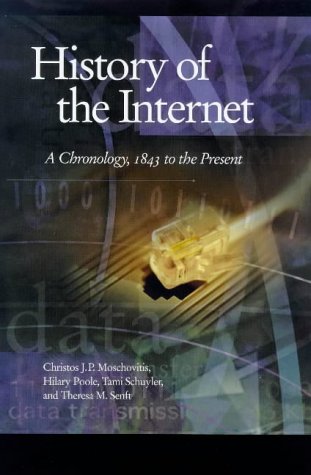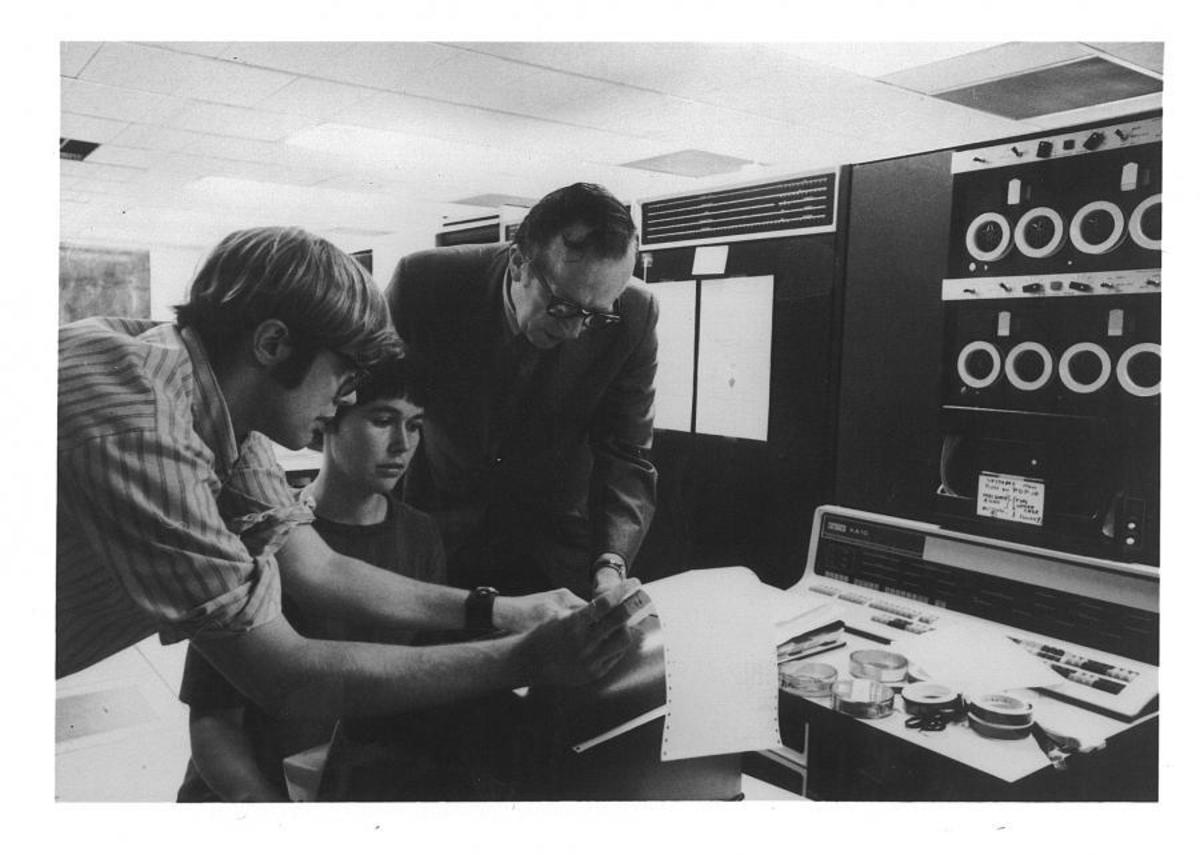The Internet - Leadership Defined

Overview: the History of the Internet
It is often stated that those who don't study history are doomed to repeat it! However, who the hell enjoys reading about historical events. The interpretation of historical events and their meaning is often a personal one, often wrought with personal biases and presuppositions. Understanding the history of the Internet and evolution of the World Wide Web will definitely give any surfer and computer aficionado a better understanding and appreciation of the amount of team work required to undertake such an important communication venture such as the required infrastructure needed to support the vast network of various servers that constitute the Internet - not to mention all the governance needed to bring rule and order to the Internet' vast reach. This article will take a chronological format, reviewing many of the key events and leaders whose leadership and vision were instrumental in given us to what we refer as the Internet and the World Wide Web.
The Internet: a Conceptual Drawing
Click thumbnail to view full-size
Conceptualization of the Internet
It is often speculated as to whom and when the concept of the internet was first conceptualized. In an article printed in the July 1945 issue of The Atlantic Monthly called "As We May Think", Vannevar Bush, the director of the office of the Scientific Research and Development envisioned a system of interconnected information access. Many internet historians believe that it was this proposed mechanism of interconnected informational systems to which the World Wide Web was based upon.
Many networking experts would agree that the concept of the internet all started approximately 45 years ago when a group of scientists from the Advanced Research Projects Agency collectively agreed that there was a definite need within their community to share research. This agency (the "ARPA") led by J.C.R. Licklider formed the Information Processing Techniques Office (the "IPTO") who was responsible for building this vast system. It was the Eisenhower administration that initiated the creation of this project in direct response to the Soviet Union's launch of Sputnik. The purpose of this agency was to pursue scientific and technological advancements. Licklider was interested in the creation and development of what he referred to as the "Intergalactic Network" which he envisioned as a network of interconnected computers; however, many of his colleagues did not share his vision and ultimately his vision was not implemented. It was not until 1965 when Robert Taylor became the director of the IPTO and suggested that he undertake the formation of an interconnected network within the ARPA, essentially implementing Licklider's earlier concept of an "Intergalactic Network".
The IPTO office's first task was to assemble a collection of networking experts from the Unites States to assemble a long-distance networking to craft what was then dubbed the ARPAnet. After lots of hard work, this network, the ARPAnet was successfully created and launched on October of 1969. The formation of the ARPAnet was now instrumental in allowing various participating institutions like universities and research faculties to share research findings and access data from computers linked to this vast interconnection of computers. The ARPANet consisted of four nodes - or network connections - which existed at Stanford University, UCLA, the University of California, and the University of Utah.
Evolution of the Internet
As more and more institutions became connected to this network and began using the ARPAnet's data, the network began to evolve and eventually began to grow beyond the ARPA's ability to adequately serve and maintain this project, outgrowing its resource allotted to this burgeoning project. The control of the ARPAnet project was eventually relinquished from the IPTO and passed over to the Defense Communications Agency (the "DCA") sometime during the mid-1970s. Then shortly thereafter, the National Science Foundation (the "NSF") took over this project and began reorganizing the ARPAnet into a new communication project to which was named NSFNET, which now served as the primary infrastructure that provided the interconnections between institutions such as research institutes, universities, the military, government offices and the like. Around 1991, commercial enterprises began connecting to the NSFNET and this network once again began to grow beyond the capabilities and resources of the NSF. Therefore, in 1995 the internet became an entirely commercial structure, which was dominated by players in the telecommunications industry. Some of these players included giants like AT&T, Sprint and Worldcom.
A little bit later in 1969, Jon Postel issues the Request for Comments or RFC 1 as it is called, which now has become the preferred method for addressing any internet-related issues. He served as the editor for the Request for Comments (RFC). Ray Tomlinson creates an application for transmitting outgoing mail messages called SNDMSG and an application for reading incoming email messages called READMAIL thereby creating the first email application for ARPANet in 1971. It was this email application that was responsible for putting the ubiquitous "@" symbol in email addresses.
Expansion of the Internet
The ARPANet increases its series of ever expanding nodes and makes history by establishing a truly international connection with the University College of London and the Norwegian Royal Radar Establishment. At this point, the ARPANet begins to focus on finding and developing new technologies to accommodate the heavier loads on the system due to the increased traffic with the transmission of data across the network.
In 1974 a man by the name of Vint Cerf created the transmission control protocol/Internet protocol which is a transmission standard or set of rules that governs and defines the manner in which data is transmitted across the Internet. The TCP/IP was adopted formally as the prominent transmission protocol in 1982 and has remained as such today.
Recommended Reading: The History of the Internet
The World Wide Web: The Dawn of a New Era
An English scientist with the European Laboratory for Particle Physics (CERN) by the name of Tim Berners-Lee, created a program called Enquire-Within-Upon-Everything. This program now simply referred to as "Enquire" now enables connections between files over a network.
The National Science Foundation established the NSFNet in 1986, which is a backbone between educational institutions, military bases government offices as well as many other research laboratories. This backbone now served as the primary transmission channel for these institutions.
It was not until 1990 when the internets most revolutionary events were to take place. Tim Berners-Lee created the World Wide Web, located at CERN in its Switzerland headquarter. The creation of the World Wide Web, as envisioned by Berners-Lee, would now serve to share data amongst his colleagues and within that decade, the Web would become the most important application on the Internet.
Commercialization of the Internet
With the creation of the web, commercial applications were beginning to emerge within North America. In 1989, Compuserve and MCI Mail launched one of the first electronic email application, providing their users with commercial Internet email service. It was not long after this emergence that America Online releases its private email network and service to the world and makes it available on the Internet. Prior to this date of 1993, America Online's email service was only available to other AOL subscribers. Then in 1994, two Stanford University post-graduates by the names of David Filo and Jerry Yang create Yahoo! in response to the growing need to track the growing number of sites on the Web. Today in 2008, Yahoo is one of the most important search directories on the web, rivaled mostly by one of its main competitors to which shall remain nameless.
As the Internet began to grow, other computer manufacturers and software creators could no longer deny the growing emergence and popularity of the Internet and it most important application, the World Wide Web. Thus, in 1996 Microsoft released its browser called Internet Explorer, which was now in direct competition with Mosaic browser.
Then around 1998, several companies begin building and launching several Web portal sites as a result of the growing popularity of the Internet and usage of the World Wide Web. A Web portal site would typically include features and functions such as stock quotes, regional weather or forecasts, television or movie listing and the like. Some may even include free email like Microsoft's MSN and America Online's AOL free email applications. With the creation of Mosaic brought the nets first graphically-based web browser, which was created by a team of computer scientists and students from the University of Illinois led by an undergraduate named Marc Andreessen.
By the end of the 1990's, the emergence of electronic commerce and online shopping was all the rage. However, many shoppers were disappointed as many retailers, or e-tailer's as they are often referred to as, could not keep up with the demand. Of particular note, was the Christmas of 1999, when the online retailer giant, Toys'R'Us failed to deliver their online Christmas orders - some of which were placed well before the Christmas rush in the early weeks of December.
The History of the Internet: Final Thoughts
Who can forget the dreaded and lamented "Y2K" bug that plagued computer uses in 1999; worrying that our computers would crash on midnight December 31, 2000 at exactly 12:00 am on midnight. Many worried that these impending doom would crash western civilization as we all knew it. Much of everyone's surprise or hopes, our computers not crash and nor was there the devastation of society and absolutely no effects (others may disagree) on the revelry of our new millennium. Well the elation and joy associated with our sanctified and renewed hopes was all destroyed approximately three months later was, often affectionately or with distain, referred to as the "Dot Com Crash" by many newsmakers as the dot com bubble pops. By the end of the new millennium in the year 2000, thousands of Dot Com start-up businesses lay-off thousands of workers as various websites disappear as bank accounts dry up with initial venture capital depletion from little to no real revenue generation. With little indication of change, the dot com carnage continues into late 2000 and well into 2001, with little foreseeable change. By late 2000, many more top level domains like .info, .biz and .museum become available for use.










